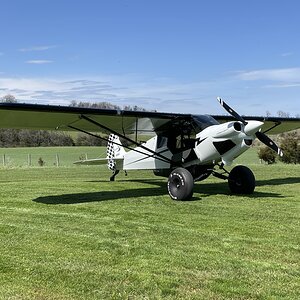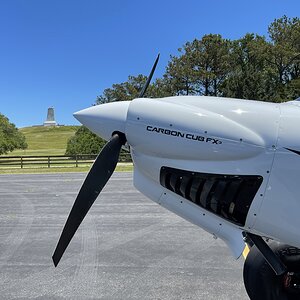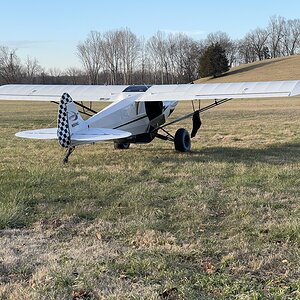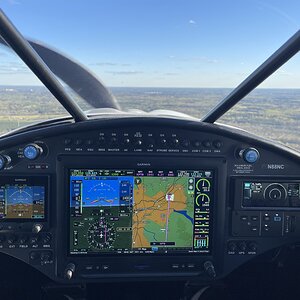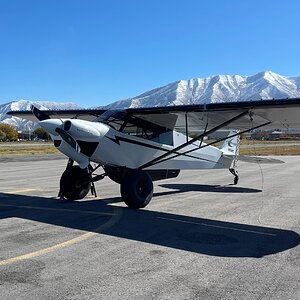Waldom
Fifteen blades!
- Joined
- Oct 16, 2005
- Posts
- 305
- Type aircraft owned
- Piper PA-11
- Base airport
- NY95
- Ratings
- ATP FE A&P
Interesting thread. Too bad there is not a black and white answer to the original poster's question. I agree with the consensus that the type of landing is dictated by the aircraft type/ wind conditions/ landing surface/ personal proficiency.
I do have two other points to ponder.
Have the type of landing you intend clear in your mind before beginning your approach. Changing your mind in the flair rarely provides good results.
Some conventional-gear aircraft are designed with the main landing gear too short to do full stall landings. By this I mean that the airplane attitude in an unaccelerated stall leaves the main wheels a foot in the air when the tailwheel contacts the runway and provides an ungraceful "flop" onto the main gear. You can make smooth three-point landings in these airplanes but by definition they are not full-stall landings; they are wheel landings in which the tailwheel happens to contact the ground at the same time as the mains. A Champion Citabria is an example of this type. When a version [the Scout] aimed toward the utility/ bush flying market was designed, Champion put taller main landing gear legs on the airplane to facilitate full-stall landings. This is not a problem on the Cessna 170 though.
So how about it, Fearless T.? Did we help or completely confuse the issue?
I do have two other points to ponder.
Have the type of landing you intend clear in your mind before beginning your approach. Changing your mind in the flair rarely provides good results.
Some conventional-gear aircraft are designed with the main landing gear too short to do full stall landings. By this I mean that the airplane attitude in an unaccelerated stall leaves the main wheels a foot in the air when the tailwheel contacts the runway and provides an ungraceful "flop" onto the main gear. You can make smooth three-point landings in these airplanes but by definition they are not full-stall landings; they are wheel landings in which the tailwheel happens to contact the ground at the same time as the mains. A Champion Citabria is an example of this type. When a version [the Scout] aimed toward the utility/ bush flying market was designed, Champion put taller main landing gear legs on the airplane to facilitate full-stall landings. This is not a problem on the Cessna 170 though.
So how about it, Fearless T.? Did we help or completely confuse the issue?
Last edited:

